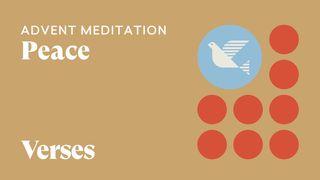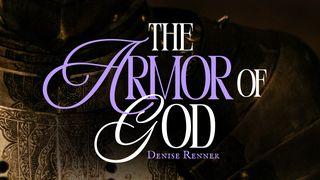Delve Into Luke-Acts & Paul's LettersSample

DAY 3 – 1 THESSALONIANS
The book of Acts tells how Paul, Silas, and Timothy brought the good news about Jesus to Europe around AD 51. They began in northern Greece, which was then known as Macedonia. They went first to the city of Philippi, where many people became followers of Jesus. But a mob attacked Paul and Silas there, and local officials beat and imprisoned them and forced them to leave the city. (Timothy was Greek, so he was left alone, but Paul and Silas were Jews, so they were treated with hostility and suspicion.) The three went next to the city of Thessalonica, where many more people became Jesus’ followers. But there another riot broke out. Paul and Silas narrowly escaped with their lives. They went to the nearby city of Berea, where the people listened to them respectfully. But their opponents from Thessalonica came and stirred up the crowds. For his safety, Paul had to be sent away to the city of Athens in Achaia (southern Greece).
Paul was concerned that the believers in Thessalonica might stop following Jesus because of the opposition they were facing. So when Silas and Timothy caught up with him, he sent Timothy (who could make the trip more safely) back to Thessalonica to encourage the believers. When Timothy returned with the welcome news that the Thessalonians had remained faithful, Paul wrote to them to express his joy. He also used the opportunity to provide some teaching and correction that the community needed.
Like all of Paul’s letters that are preserved in the Bible, this one follows the pattern that was typical for correspondence of the time. There’s an opening section that names the sender and the recipients, then offers a good wish. A thanksgiving and prayer often follow. The main body of the letter comes next. Finally, there’s a closing section that expresses more good wishes and extends greetings to and from people that the sender and recipients both know, and gives some personal instructions.
In the main body of this letter, Paul first talks at length about his relationship with the new believers in Thessalonica. He recalls his time with them and says how grateful he is that they’ve remained faithful to Jesus. After wishing them a blessing, he makes a transition to provide briefer teaching and instruction on several practical matters. (These are probably things that Timothy told him about after his return visit to Thessalonica.) He teaches the Thessalonians to avoid sexual immorality, to love one another, and to work hard and earn their own living. He explains that believers who die before “the coming of our Lord” are not lost. They’ll be raised from the dead when Jesus returns from heaven. But Paul reminds the Thessalonians that Jesus will come back suddenly and unexpectedly. So they should live in such a way that they won’t be ashamed to greet him, whenever he comes. Finally, he advises them how to live as a community of Jesus’ followers.
In all of his advice and teaching in this letter to the Thessalonians, Paul’s basic message is, “Keep up the good work!” As they are already doing, he says several times, “do so more and more.” Even though he addresses them as his brothers and sisters in the faith, Paul also says he and his coworkers treated the Thessalonians the way a mother or father would care for their children. This shows the pride and affection they had for these first European followers of Jesus, their dear offspring in the faith.
PRAYER: Lord, thank You for the promise of Your return. Help me to live in a way that pleases You.
Scripture
About this Plan

Luke-Acts is a two-volume history that provides an overview of the New Testament period and allows us to see where most of the other books fit into the larger picture. Luke was one of Paul’s co-workers in sharing the good news about Jesus, so reading Paul's letters alongside Luke-Acts helps us to understand where Paul's letters fit into both their historical context and the larger Biblical story.
More
Related plans

Daily Godpreneur: Millionaire Mind

Advent Meditations: Peace

Am I Really a Christian?

Helping Your Kids Know God's Good Design

Written in Heaven: His Story, Our Lives

The Armor of God

God Is in Control

Happy to Work

Power at Sunrise: 30 Days of Reconstructing Your Life With the Word
